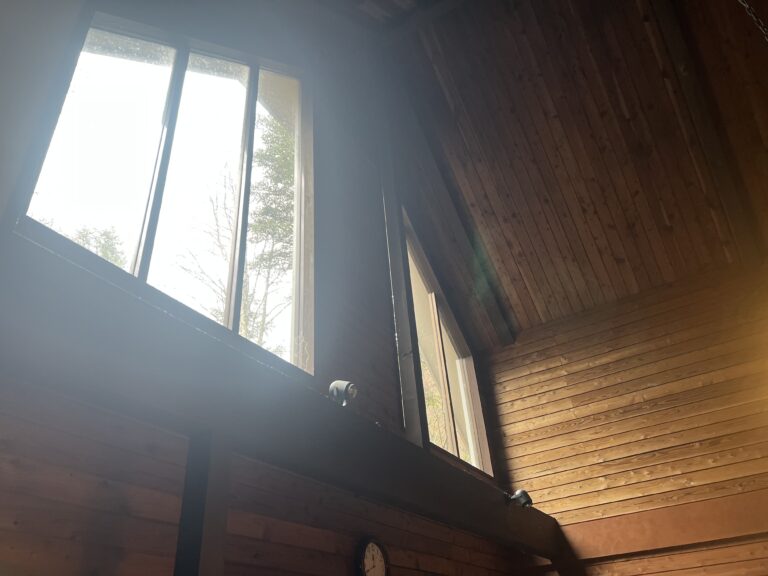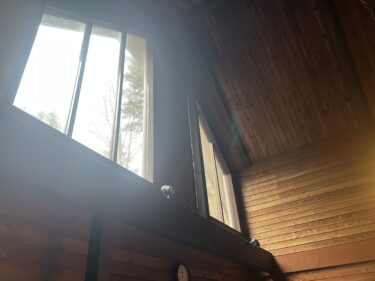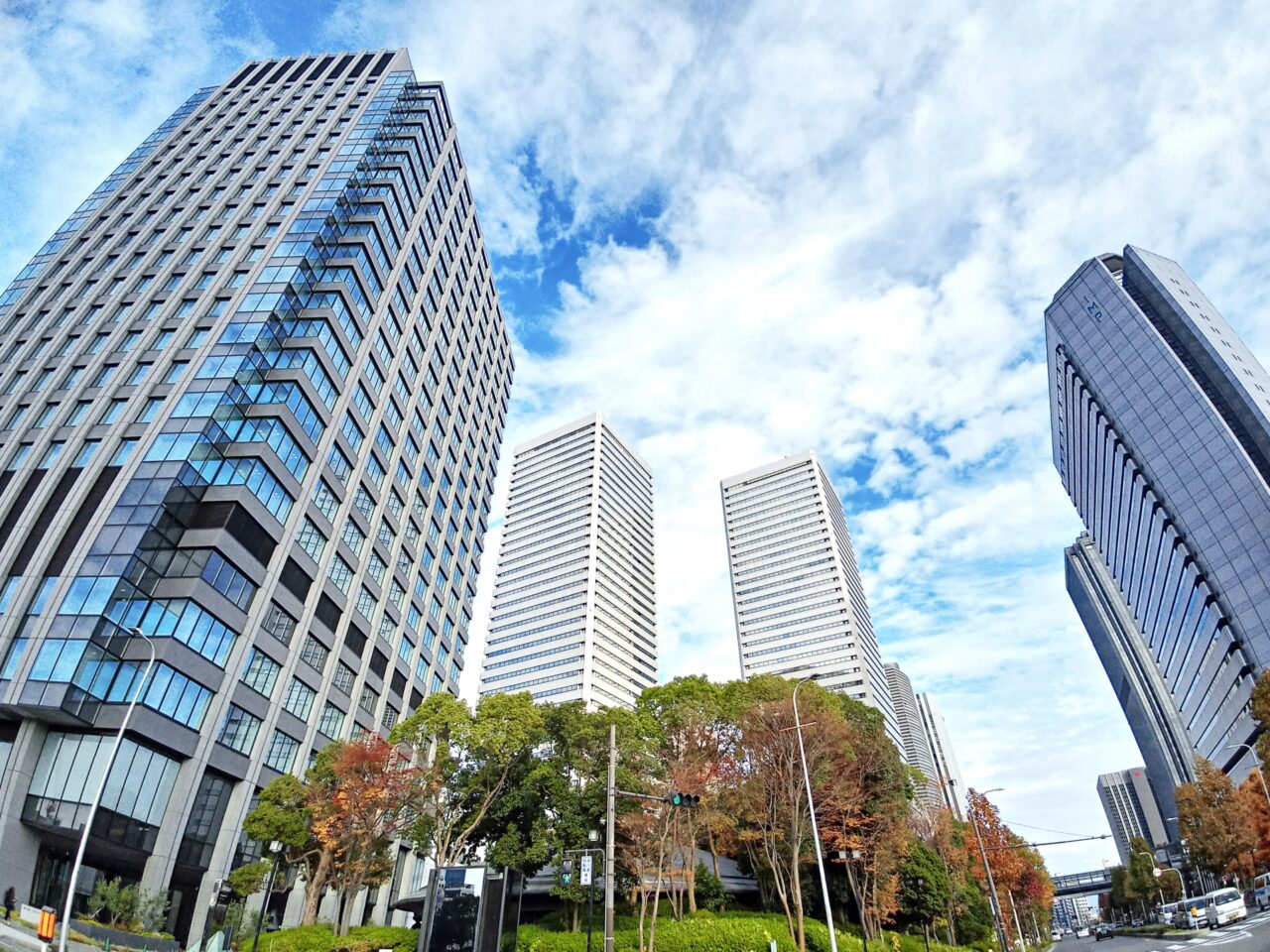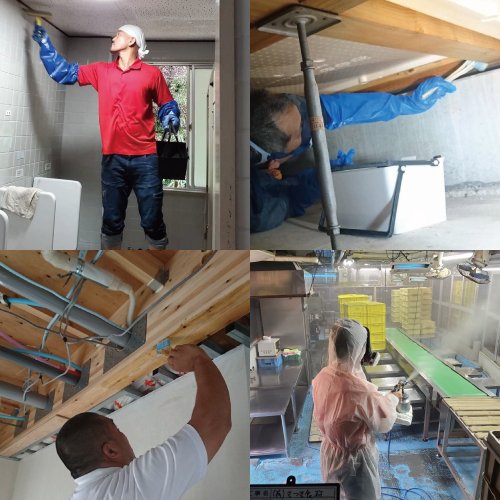Issue Overview:
Vacation homes on Awaji Island, while surrounded by beautiful natural scenery, face an increased risk of mold damage due to high humidity.
What You Will Learn from This Article:
This article provides comprehensive information on mold issues in vacation homes, high humidity countermeasures, the role of management companies, key points during remodeling, and the effectiveness of the MIST method.
Benefits of Reading This Article:
You will learn specific strategies and the latest technologies to prevent mold damage and maintain a comfortable vacation home environment.
1. The Reality of Mold Damage in Vacation Homes on Awaji Island
Awaji Island, known for its mild climate and rich nature, can also become a breeding ground for mold due to its high humidity. Especially in vacation homes that remain unused for long periods, mold damage can become severe, leading to the deterioration of building materials and potential health risks.
1-1. Mold Risks in High Humidity Environments
In coastal regions like Awaji Island, consistently high humidity levels make it easy for moisture to accumulate inside vacation homes. Mold thrives in environments with humidity above 60% and temperatures between 20–30°C, which are common during the rainy season and summer. Materials such as wood, wallpaper, and tatami mats are especially susceptible, as mold can penetrate beyond the surface. Once mold enters walls or flooring, surface cleaning becomes ineffective. Mold can spread unnoticed inside structural elements, affecting the indoor environment and increasing health risks like allergies and asthma. Vacation homes in such environments must be constantly monitored for mold.
1-2. Mold Factors During Long-Term Absence
Unlike primary residences, vacation homes are often unoccupied for weeks or months, which results in poor ventilation. When closed off, interiors do not circulate air, and humidity rises, creating perfect conditions for mold. Without climate control, the temperature and humidity inside align perfectly for mold to grow. Mold often develops unnoticed in dark, damp areas such as closets, bathrooms, and under kitchen cabinets. Furniture backs and wall-adjacent surfaces also lack airflow and become mold-prone. The use of dehumidifiers, ventilation systems, and regular inspections is highly recommended during long absences.
2. Importance of Mold Inspection by Management Companies
Since vacation homes are not frequently monitored like primary residences, third-party support is essential for early mold detection and prevention. Especially in high-risk areas like Awaji Island, hiring a reliable property management company is crucial for long-term asset protection.
2-1. Necessity of Regular Inspections and Maintenance
Early detection is key to minimizing mold damage. Management companies can monitor humidity and ventilation levels even when the owner is away and quickly identify mold-prone areas. By combining visual checks with temperature and humidity sensors, they can help maintain a mold-resistant environment. In cases of mold detection, prompt intervention helps minimize repair costs. Services often include dehumidification, ventilation, and cleaning—offering a total solution.
2-2. Key Considerations When Choosing a Management Company
When selecting a management company, focus not only on price but also on the quality and scope of their services. For mold inspection, basic visual checks are insufficient—advanced knowledge of humidity control, ventilation, and deterioration assessment is essential. Check if the company has actual experience with mold issues and if they partner with specialists using methods like MIST. Companies that understand the climate and construction traits of Awaji Island can provide more effective solutions. Visit properties, meet with representatives, and review testimonials before signing contracts.
3. Preventing Mold Through Humidity and Condensation Control
Effective mold prevention relies on managing temperature and humidity. Since condensation is a direct cause of mold, physical upgrades to the property are needed to create a mold-resistant environment.
3-1. Introducing Effective Dehumidification Methods and Equipment
Mechanical dehumidification tools such as dehumidifiers and air conditioners with dehumidifying functions are essential. These can be paired with automatic timers to control humidity even during long absences. Using humidity-regulating building materials for walls and ceilings also helps absorb and release moisture naturally. Ventilation systems ensure airflow and prevent mold growth. Installing humidity-sensor exhaust fans in bathrooms or storage spaces is also beneficial.
3-2. Remodeling Options for Condensation Prevention
Condensation causes water droplets on windows and walls, which, if left untreated, promote mold. Remodeling solutions such as double-glazed windows and enhanced insulation reduce temperature differences and prevent condensation. Upgrading external walls and roofs improves the home’s overall thermal environment. Mold-resistant wallpaper and paints also help suppress mold root development. Such remodeling not only improves comfort but extends the building’s lifespan.
4. Benefits of Simultaneously Addressing Mold Removal and Remodeling
In vacation homes, tackling existing mold while remodeling to prevent future mold growth is a highly effective strategy. It saves both time and cost while addressing the root of the problem.
4-1. The Effectiveness of Concurrent Mold Removal and Remodeling
Once mold is present, surface cleaning is often insufficient. Simultaneous mold removal and remodeling allow for fundamental improvement. For example, mold spreading behind walls cannot be removed without removing finishes. Replacing insulation and interior materials eliminates mold roots and provides a fresh start. Upgrading to mold-resistant materials ensures long-term prevention. Coordinated work between mold professionals and remodelers enhances efficiency and cost-effectiveness.
4-2. Using Premium Mold-Resistant Materials
Luxury vacation homes require mold solutions that maintain aesthetics. Premium mold-resistant materials are ideal for this. These include mold-treated wood flooring that retains its natural look, or wallpapers that enhance moisture control while keeping a refined finish. Odorless, non-toxic mold-resistant paints are also available, making them safe for homes with children or the elderly. Though initially more expensive, these materials reduce the need for future repairs and cleanings, making them cost-effective over time.
5. The Importance and Future of Mandatory Mold Inspections During Construction
In recent years, early-stage mold inspections during construction have gained attention, with some municipalities considering mandatory implementation. With advances in construction materials and methods, humidity control during construction is now vital to housing quality.
5-1. Significance and Legal Background of Mold Inspections
If mold enters structural components during construction, it becomes difficult to detect and remove later. Wood-framed homes are particularly vulnerable. Without proper drying during the rainy season, mold risks increase. Some municipalities and industry guidelines now recommend or require humidity monitoring and mold checks during construction. While not yet mandated nationwide, voluntary adoption is growing. These inspections help prevent future problems and reduce long-term maintenance costs.
5-2. Key Points for Mold Prevention in New Builds
Mold prevention must start during construction. Use fully dried materials, and protect the site from rain to block moisture intrusion. Proper insulation and airtight construction help prevent internal condensation. Bathrooms and kitchens should use mold-resistant materials and sealants, with high-performance ventilation systems. Before completion, inspect hidden areas like ceiling cavities for abnormal humidity. This ensures long-term safety and comfort in the completed home.
6. Effective Mold Removal Using the MIST Method
Conventional mold removal often damaged materials or posed health risks. The MIST method overcomes these issues with both powerful removal capabilities and safety, earning wide attention.
6-1. Features of the MIST Method Compared to Traditional Techniques
The MIST method involves mixing a mold-specific solution and spraying it in a fine mist to penetrate deep into materials and completely decompose mold. Unlike traditional methods, no scrubbing or scraping is needed, making it ideal for delicate surfaces like wood, paper, or plaster. MIST does not damage materials and avoids uneven results. It also uses non-toxic agents safe for humans, so clients can remain present during work. Post-treatment anti-mold coatings are also included, significantly reducing recurrence.
6-2. Real Case Studies and Proven Results
In one Awaji Island vacation home, MIST completely removed black mold from the bathroom ceiling and walls without damaging surfaces. The work was completed in a single day, and the space was usable the next. No mold recurred even after six months. Other successful cases include timber beams and clay walls in traditional homes. These spaces maintained their natural appearance while being restored to hygienic conditions. MIST is especially valued in high-end and historical properties.
Mold Removal and Prevention by Kabibusters Osaka and Kabitore Reform Tokyo & Nagoya
In high-humidity regions such as Awaji Island, dealing with mold in vacation homes requires professional support. At Taiko Kensou Co., Ltd., we operate under the brands “Kabibusters Osaka” and “Kabitore Reform Tokyo & Nagoya” to address mold problems nationwide.
Our proprietary “MIST Method®” is a revolutionary mold removal technique that eliminates mold down to the roots without damaging materials. It uses powerful yet eco-friendly agents safe for children, seniors, hospitals, preschools, and luxury homes.
Moreover, Taiko Kensou offers one-stop service that combines mold removal and remodeling. This approach not only eliminates existing mold but also updates homes with moisture-resistant materials and thermal insulation, providing a fundamental solution that prevents recurrence.
Our remodeling services cover homes, shops, and facilities, including full interior and exterior renovations, bathroom and kitchen upgrades, high-end mold prevention finishes, and condensation and insulation improvements. From design to construction and aftercare, we deliver high-quality remodeling tailored to your needs.
If you’re struggling with mold or considering a remodel that guarantees mold-free living, please contact Kabibusters Osaka or Kabitore Reform Tokyo & Nagoya. With our expertise and proven track record, we will protect the comfort and safety of your valuable property.





